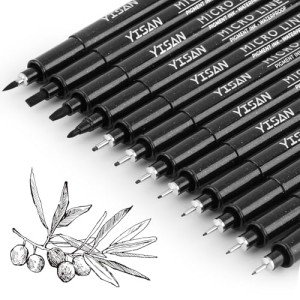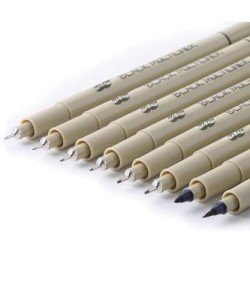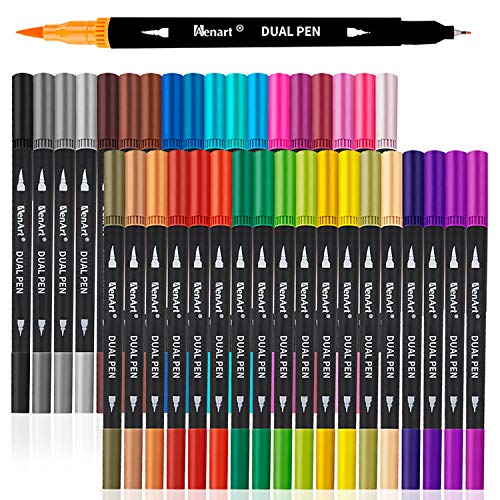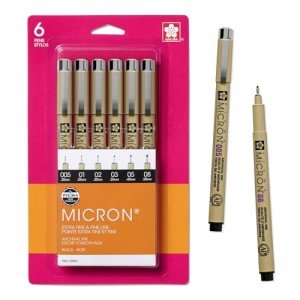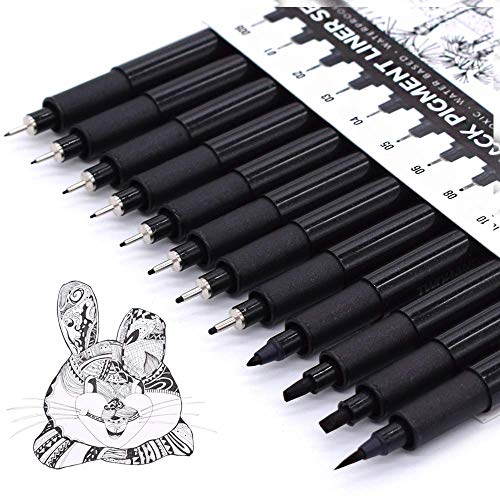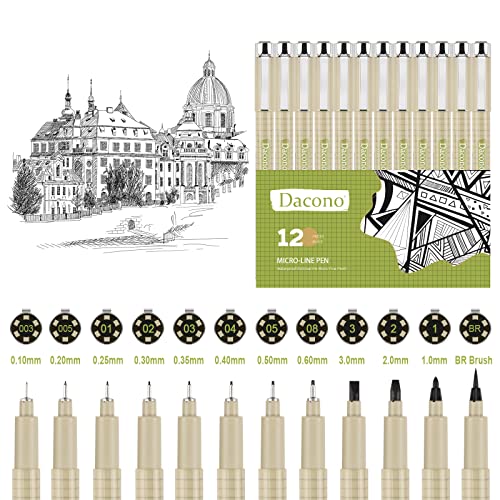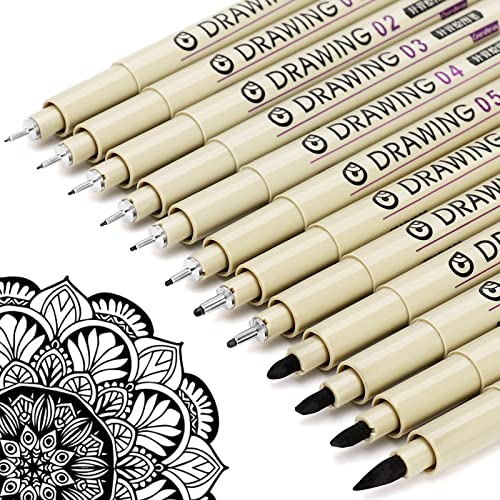Drawing pens are indispensable tools for artists of all levels, offering precision, control, and an array of artistic possibilities. These versatile instruments have evolved over time, becoming essential for creating intricate details, expressive lines, and captivating artwork. In this article, we will explore the world of drawing pens for art, from their history and types to techniques and the endless creative potential they offer.
A Brief History of Drawing Pens
The history of drawing pens dates back thousands of years, with early examples found in ancient Egyptian and Roman artifacts. These early pens were typically constructed from reeds or feathers, which were dipped in ink. It wasn't until the 17th century that the first metal-nibbed pens were introduced, leading to the development of modern fountain pens and eventually, the drawing pens we use today.
Types of Drawing Pens
Drawing pens come in a variety of types, each with its unique characteristics and applications:
Fountain Pens: Fountain pens, equipped with a nib that feeds ink to the paper, are known for their smooth and continuous ink flow. While primarily designed for writing, artists have adapted them for drawing and illustration due to their fine lines and precise control.
Dip Pens: Dip pens are traditional tools with a nib that must be periodically dipped into ink. They offer excellent line variation and are favored by calligraphers and artists for their expressive qualities.
Technical Pens: Technical pens, also known as drafting pens or technical drawing pens, are precision instruments used for detailed and technical work. They feature interchangeable tips and are often filled with waterproof ink, making them ideal for architectural drawings, technical illustrations, and fine art.
Brush Pens: Brush pens combine the convenience of a pen with the expressive qualities of a brush. They have flexible bristles that allow artists to create a wide range of line widths, from fine details to bold strokes. Brush pens are especially popular for creating calligraphy and expressive artwork.
Fineliner Pens: Fineliner pens have fine, metal-tipped points that produce consistent and precise lines. They come in various tip sizes and are suitable for intricate detail work, as well as drawing and outlining.
Techniques and Creative Possibilities
Drawing pens offer a multitude of techniques and creative opportunities:
Cross-Hatching and Stippling: Cross-hatching involves creating a series of parallel lines, while stippling is the technique of using dots to build up shading and texture. Drawing pens excel in these techniques, allowing artists to achieve various tones and textures.
Line Variation: Many drawing pens, particularly brush pens, offer the ability to vary line thickness by adjusting pressure. This feature allows artists to create dynamic and expressive lines, adding depth and dimension to their artwork.
Ink Washes: By applying water or a brush loaded with water to the ink lines, artists can create beautiful ink washes and gradients, achieving a painterly effect with drawing pens.
Precision and Detail: Drawing pens are exceptional tools for creating intricate details, whether it's fine linework, stippling, or adding tiny highlights to a piece.
Black-and-White Illustration: Many artists use drawing pens exclusively for black-and-white illustration. The fine lines, crisp edges, and control provided by these pens make them ideal for creating detailed artwork.
Drawing pens are versatile and indispensable tools that offer artists the precision, control, and creative versatility needed to bring their ideas to life. Whether you're a professional illustrator, a hobbyist sketcher, or someone looking to explore the world of fine lines and intricate details, drawing pens are a reliable and rewarding medium. The history, variety, and techniques associated with drawing pens underscore their enduring appeal and significance in the realm of art. The next time you pick up a drawing pen, remember that you hold not just an instrument but a gateway to a world of precision, expression, and endless creative possibilities.
